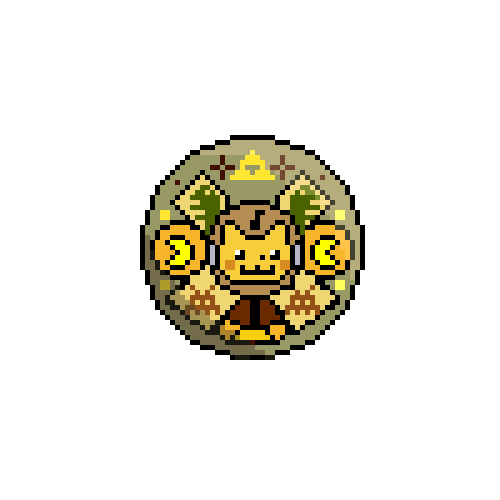Species Name
Planet, Star-Number, Galaxy, Cluster
Star Description.
Planet Description.
Planet Featural Description (Continents, major political powers, etc)
Moons
Physical Description + Life Cycle
Tardigradic species highly adapted to the various environments around their planet, no larger than a puppy. In the plains, they're covered in quills and have more herbivoric tendancies. In the woodlands, they're furry little herbivores. Near the creeks, they mossy. In the reefs, they have feathers that filter feed through the tide. Deep in the depths, they look like urchins with their spines. In the tundra, they're wooly mini mammoths. In the desert, they have scaly outer shells and eat anything they come across. In the caves, they're covered in scales like a snake. Beneath the ice, they're hairless and blubbery.
Phenotype.
Emotive Range and Gestures.
- First Stage
- Second Stage
- Third Stage
First Stage Description
Second Stage Description
Third Stage Description
Language
Communication Method.
Language Recording.
Phonology.
Overall Culture
Education.
Diet.
Agriculture and Husbandry.
Hospitality.
Governance
Governmental Type and Structure.
Governmental Election.
Maintenance.
Taxes and Public Service.
